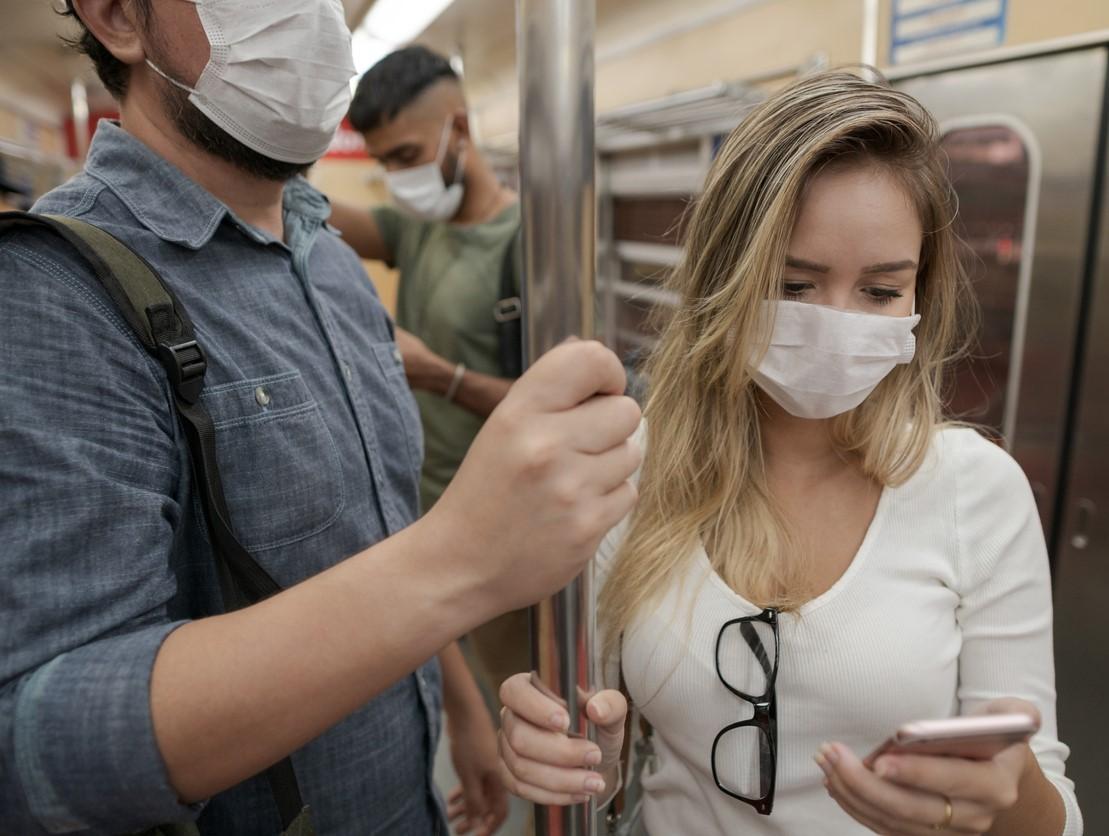A national study published today in JAMA Network Open reveals large gaps in the public's knowledge of COVID-19 incidence, modes of transmission, symptoms, and preventive behaviors such as staying home.
Led by Harvard University researchers, the study involved electronically surveying 5,198 US adults, 20% from coronavirus hot spots, from Mar 29 to Apr 13. Mean survey respondent age was 48 years. Of the respondents, 2,336 (45%) were men, 3,759 (72%) were white, 830 (16%) were black, and 609 (12%) were Hispanic.
Awareness of transmission, symptoms
Overall, knowledge about how COVID-19 spreads was high, with 4,215 of 5,198 people (81%) saying that it can be contracted by touching a contaminated surface, and 4,404 (85%) correctly identifying fever, cough, and shortness of breath as the hallmark symptoms. Only 553 (11%) of 5,198 people said COVID-19 could be spread by sexual contact, and only 257 (5%) said it was a hoax.
The largest differences in coronavirus knowledge and behaviors related to race/ethnicity, sex, and age, with black respondents, men, and people younger than 55 years demonstrating less knowledge than other groups.
Black respondents were 3.5 percentage points (95% confidence interval [CI], 1.5 to 5.5; P = .001) more likely than whites to report COVID-19 infection, as were men (3.2 percentage points; 95% CI, 2.0 to 4.4; P < .001) compared with women.
In addition, blacks were 7.2 percentage points more likely than whites to know someone who tested positive for COVID-19 (95% CI, 3.4 to 10.9; P < .001), as were people younger than 30 years (11.6 percentage points; 95% CI, 7.5 to 15.7; P < .001) and those with high incomes (coefficient on earning $100,000, 12.3 percentage points; 95% CI, 8.7 to 15.8; P < .001).
Fewer black respondents than whites reported knowing that COVID-19 could be spread by touching contaminated surfaces. (−9.4 percentage points; 95% CI, −13.1 to −5.7; P < .001), as did Hispanic respondents (−4.8 percentage points; 95% CI, −8.9 to −0.77; P = .02), and people younger than 30 years (−10.3 percentage points; 95% CI, −14.1 to −6.5; P < .001).
Responses were similar for knowledge about disease spread via respiratory droplets and asymptomatic (symptom-free) infection.
Respondents identifying as Republican were 2.6 percentage points (95% CI, 1.2 to 4.0; P < .001) more likely than independents to say they tested positive for COVID-19 and 3.3 percentage points (95% CI, −5.8 to −0.64; P = .02) less likely to say they knew that it could be transmitted through contaminated surfaces.
Handwashing, leaving home
Men reported washing their hands 3.8 fewer times a day than women, and people 18 to 29 years old washed their hands 4.4 fewer times than did older respondents. But Hispanic respondents said they washed their hands 1.8 times more than their white counterparts.
Men also left their house more often than women (0.74 times), as did blacks (0.93 times), while respondents 65 years and older were less likely than younger respondents to leave home often (−0.36 times). The authors noted that more black respondents may have left home because they are less likely than other ethnicities to be able to work from home and more likely to work in jobs requiring close contact and use public transportation.
Neither frequent handwashing nor staying home differed by income, residence in a hot spot, or political affiliation.
Data released by the Centers for Disease Control and Prevention show that racial and ethnic minorities, men, and rural residents are more likely to be hospitalized or die from COVID-19 than other groups, the authors said, adding that media reports also show that rates of coronavirus hospitalizations and deaths are higher among black Americans and those of low socioeconomic status.
"Public health efforts to reduce the spread of COVID-19 will thus need to focus particularly on these economically disadvantaged population groups," they said. "However, historically, such efforts have had difficulty making inroads into socially marginalized groups."




















